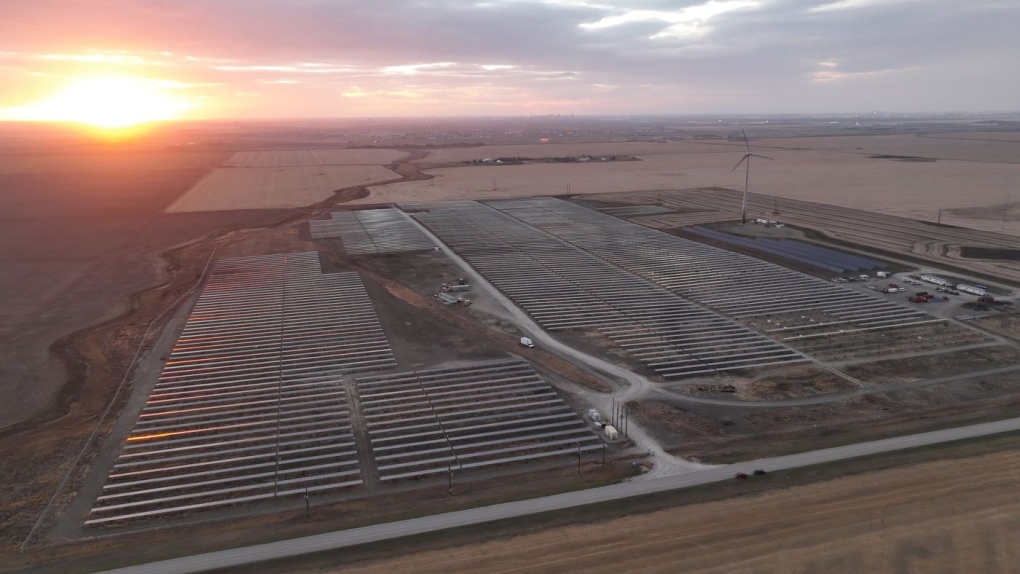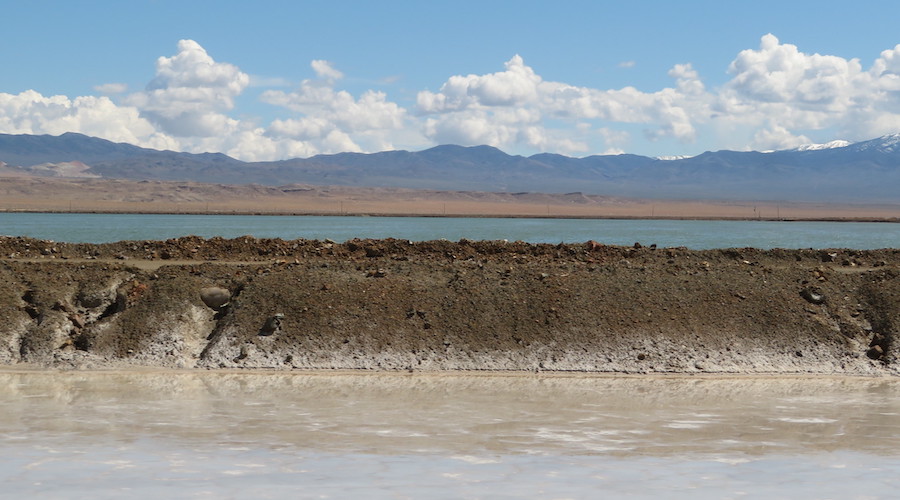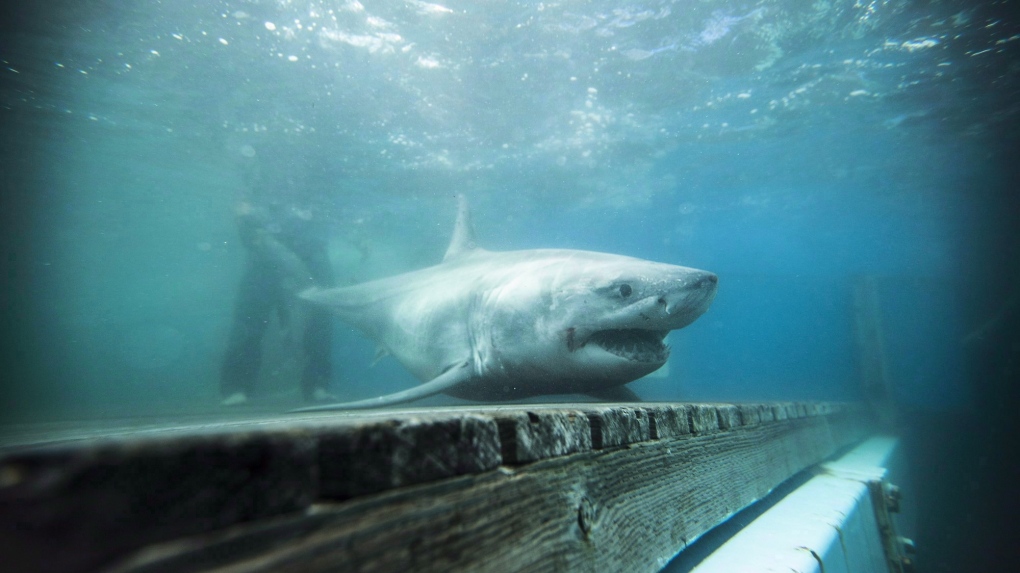Mayor Jeff Colvin denies the city's administration has had any role in slowing negotiations with the union
Author of the article:Michael Rodriguez
Published Mar 19, 2023 •
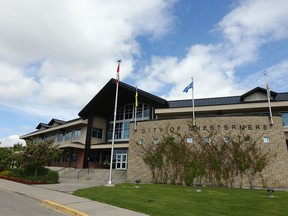
Little progress toward a collective agreement has been made in the nearly 10 months since City of Chestermere employees voted to unionize as dysfunction within the city’s embattled government has thwarted attempts to get to the bargaining table, according to the Canadian Union of Public Employees.
The city is currently dealing with the fallout of a lengthy province-ordered investigation into its governance; provincial officials last week unveiled a 215-page municipal inspection report that found multiple instances of “irregular, improper and improvident” governance and handed the city a slate of 12 binding directives that, if not followed, could result in the dismissal of Mayor Jeff Colvin, city councillors or administrative officials. The report highlights issues with Colvin and his council that the union says are contributing to the drawn-out bargaining process.
“The report confirms that the paranoid, chaotic management practices from this mayor and his council supporters have left city employees in even more need of union protection and a legal collective agreement to safeguard their rights,” said CUPE Alberta spokesperson Lou Arab.
“But unfortunately, the very dysfunction at city hall that we need protection from is delaying the process of getting that contract in place. So nothing in the report was particularly surprising to us.”
Union says city’s top negotiator removed due to assault charge
Arab says Kim Wallace, one of the city’s three chief administrative officers (CAO), was removed as the city’s chief negotiator for talks with the union after she was charged with assault in relation to an altercation with an employee last month, and the city has not named a replacement. The unusual three-CAO model employed by Chestermere, splitting the typically solitary top administrative role into three positions, has added complications to the process, according to the union.
“We’re calling it the three-AO system,” said Arab. “We don’t know who to talk to; everybody’s got a different answer. There’s no sort of person who’s responsible for dealing with CUPE right now.”
Responding to Postmedia via email, Colvin denied that the city has had anything to do with the stalled negotiations, noting that the city’s recent correspondence to the union hasn’t been returned. He noted the city asked to delay a recent meeting because it wanted to hire an “expert union negotiator” and defended the city’s three-CAO model.
“All three CAOs are involved in the union negotiations, as all decisions are discussed thoroughly and agreed upon by the three CAOs,” he said. “Having three senior leaders involved in the negotiations demonstrates another benefit of the tri-CAO model as it exemplifies cohesive and comprehensive decision-making for the city.”
The inspection report, however, noted the three-CAO model as an irregular move, criticizing it for its removal of the buffer between elected officials and city staff and its “very real potential” to allow the mayor and council to improperly act as managers of the administration.
Among the many findings in the report, it outlines multiple instances of the mayor and some councillors’ disrespect toward staff members. The report highlights the perceived distrust the mayor and some councillors had of staff upon their election, which a former city official alleged led to some employees being fired at the direction of the mayor and his supporting councillors for being “disloyal.” Additionally, Coun. Mel Foat is reported to have told a senior official from another city that Chestermere’s departing employees were like “rats leaving a sinking ship,” the report states.
“That is contributing to the dysfunction of the city, these kinds of comments from the mayor and his supporters,” said Arab.
“These are your front-line workers who are being impacted by this dysfunction and I’ve never seen that before in another municipality. Different politicians come in with different political agendas and sometimes people at the top get shuffled around a little bit, but, generally speaking, the rank and file workers who are just trying to do their jobs don’t get impacted.”
The report states 62 employees left between October 2021, when Colvin and the new council took office, and September 2022, when the investigation came to a close. Four workers retired, 19 left involuntarily and 39 left “voluntarily,” according to the report, stipulating that much of that turnover came due to employees being perceived as non-supporters of the new mayor and council’s agenda and a number of staff members being uncomfortable with the “abrupt change in governance style.”
Arab says while he’s not sure how many of those 62 workers are members of the bargaining unit, “there are definitely some, and there are definitely some who left involuntarily.”
“We’re doing the best we can to put fires out but we don’t have the protection of a contract in place with a grievance procedure that we need to sort of put those fires out. So if somebody does get fired and we feel it’s unjust — when there’s a contract, there’s a grievance procedure,” Arab said.
“When you’re in a unionized environment without a contract, it’s much more difficult in any case. But, in particular, it’s more difficult when the administration is just a dumpster fire.”
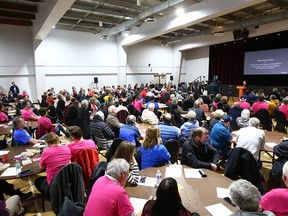
Colvin says his city’s administration is not dysfunctional and the union is attempting to “take advantage of comments that were taken out of context by (municipal inspector) George Cuff well over a year ago.”
“Our current leaders and outstanding staff are highly organized and highly effective,” he said. “We have excellent leaders and managers and hard-working professionals on every team. The team our city directors have built is working hard and succeeding.”
City has ‘action plan’ to meet province’s directives
In a statement from Colvin posted to the city’s Facebook page on Friday, the mayor said the city has established a plan — not detailed in the post — that will guide it toward meeting the 12 directives it was handed by Municipal Affairs Minister Rebecca Schulz.
“We are committed to reassuring Municipal Affairs that we are, and have always been, top-notch, hard-working professionals dedicated to good governance,” reads the statement. “An action plan has been implemented, and our team is eager to complete the directives as requested. We will continue business as usual, striving for excellence for our residents and our city.”
Previously, the city had said it would seek legal advice regarding the report and the minister’s orders.
The full list of directives and the inspection report are available on the Government of Alberta’s website.


/2023/03/18/image/jpeg/v0nZArrJv2SRXlSMhH7GRSKupZbP9sxAJ1SbJaNu.jpg)
